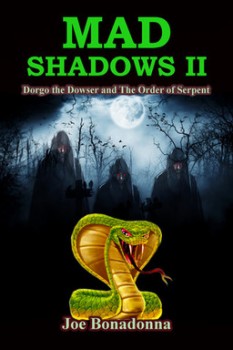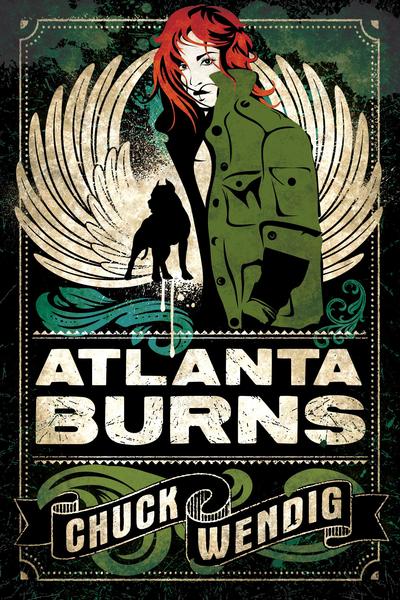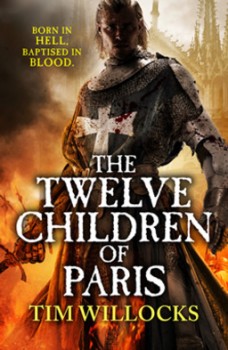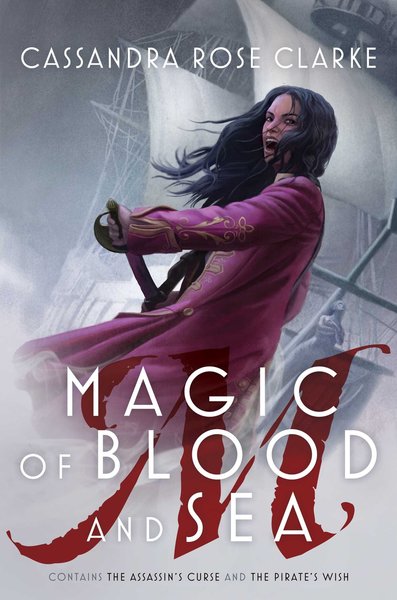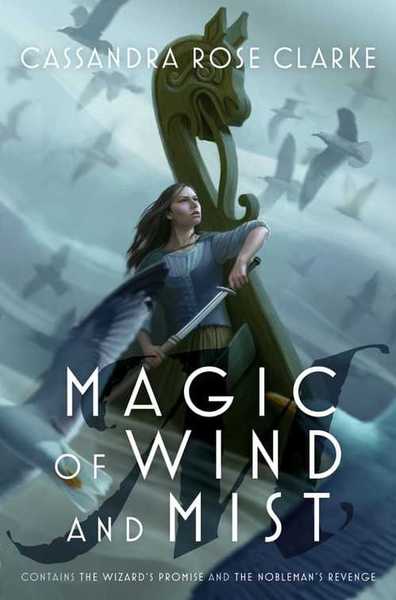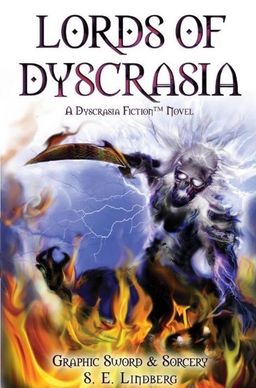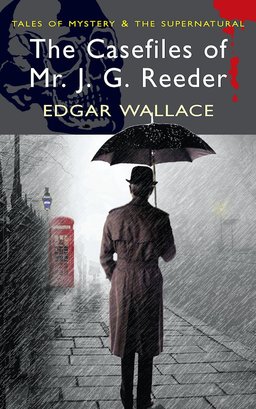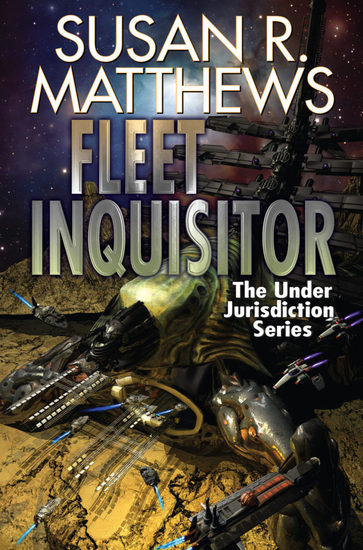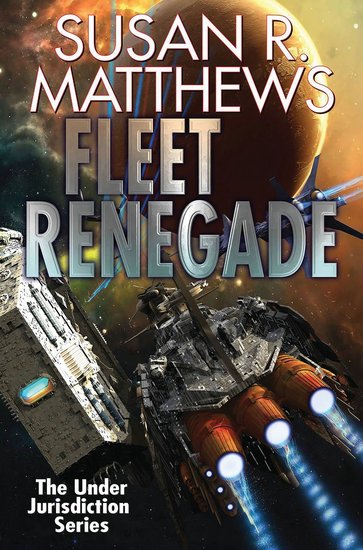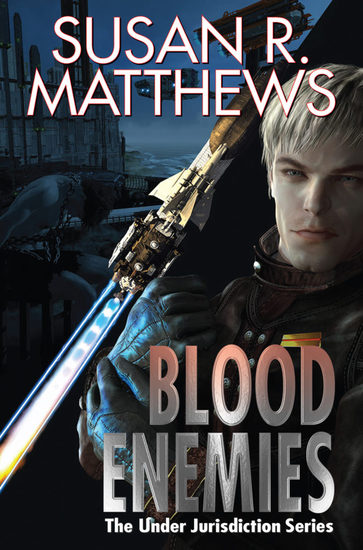Future Treasures: With Blood Upon the Sand, Volume II of The Song of the Shattered Sands, by Bradley P. Beaulieu
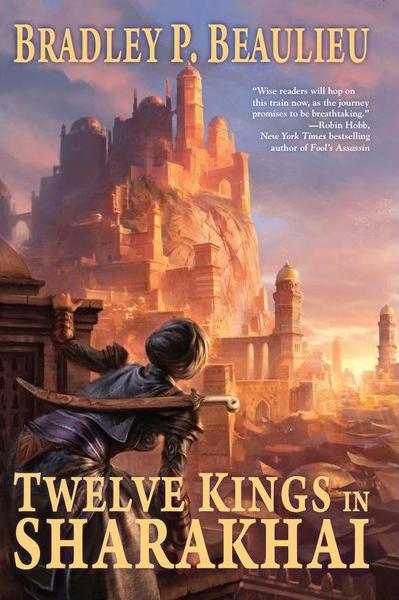 |
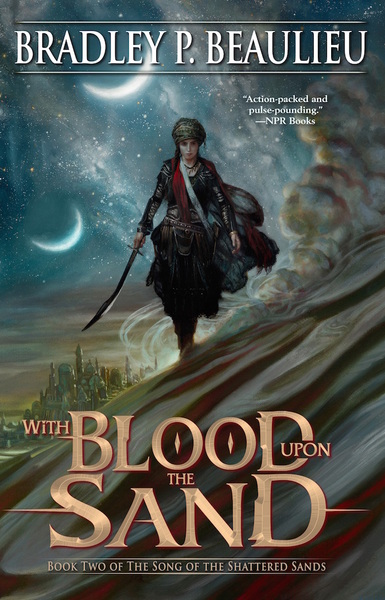 |
Twelve Kings in Sharakhai, the opening novel in Bradley P. Beaulieu’s epic fantasy series The Song of the Shattered Sands, was picked as one of the Best Books of the Year by Amazon, BuzzFeed, and the Barnes & Noble Sci-Fi Blog.. And in her BG review, Kelly Swails called it “epic… a complex novel with crisp prose that is a joy to read.” Of Sand and Malice Made, a volume of linked novellas set in the same world, was released in September. And now the long anticipated second novel in the series, With Blood Upon the Sand, arrives in hardcover from DAW next month.
Çeda, now a Blade Maiden in service to the kings of Sharakhai, trains as one of their elite warriors, gleaning secrets even as they send her on covert missions to further their rule. She knows the dark history of the asirim — that hundreds of years ago they were enslaved to the kings against their will — but when she bonds with them as a Maiden, chaining them to her, she feels their pain as if her own. They hunger for release, they demand it, but with the power of the gods compelling them, they find their chains unbreakable.
Çeda could become the champion they’ve been waiting for, but the need to tread carefully has never been greater. After their recent defeat at the hands of the rebel Moonless Host, the kings are hungry for blood, scouring the city in their ruthless quest for revenge. Çeda’s friend Emre and his new allies in the Moonless Host hope to take advantage of the unrest in Sharakhai, despite the danger of opposing the kings and their god-given powers, and the Maidens and their deadly ebon blades.
When Çeda and Emre are drawn into a plot of the blood mage Hamzakiir, they learn a devastating secret that may very well shatter the power of the hated kings. But it may all be undone if Çeda cannot learn to navigate the shifting tides of power in Sharakhai and control the growing anger of the asirim that threatens to overwhelm her…
With Blood Upon the Sand will be published by DAW on February 7, 2017. It is 672 pages, priced at $26 in hardcover and $12.99 for the digital version. The cover is by Donato Giancola, who painted the cover of Black Gate 15. Read more in the exclusive cover reveal at the B&N Sci-Fi Blog.
